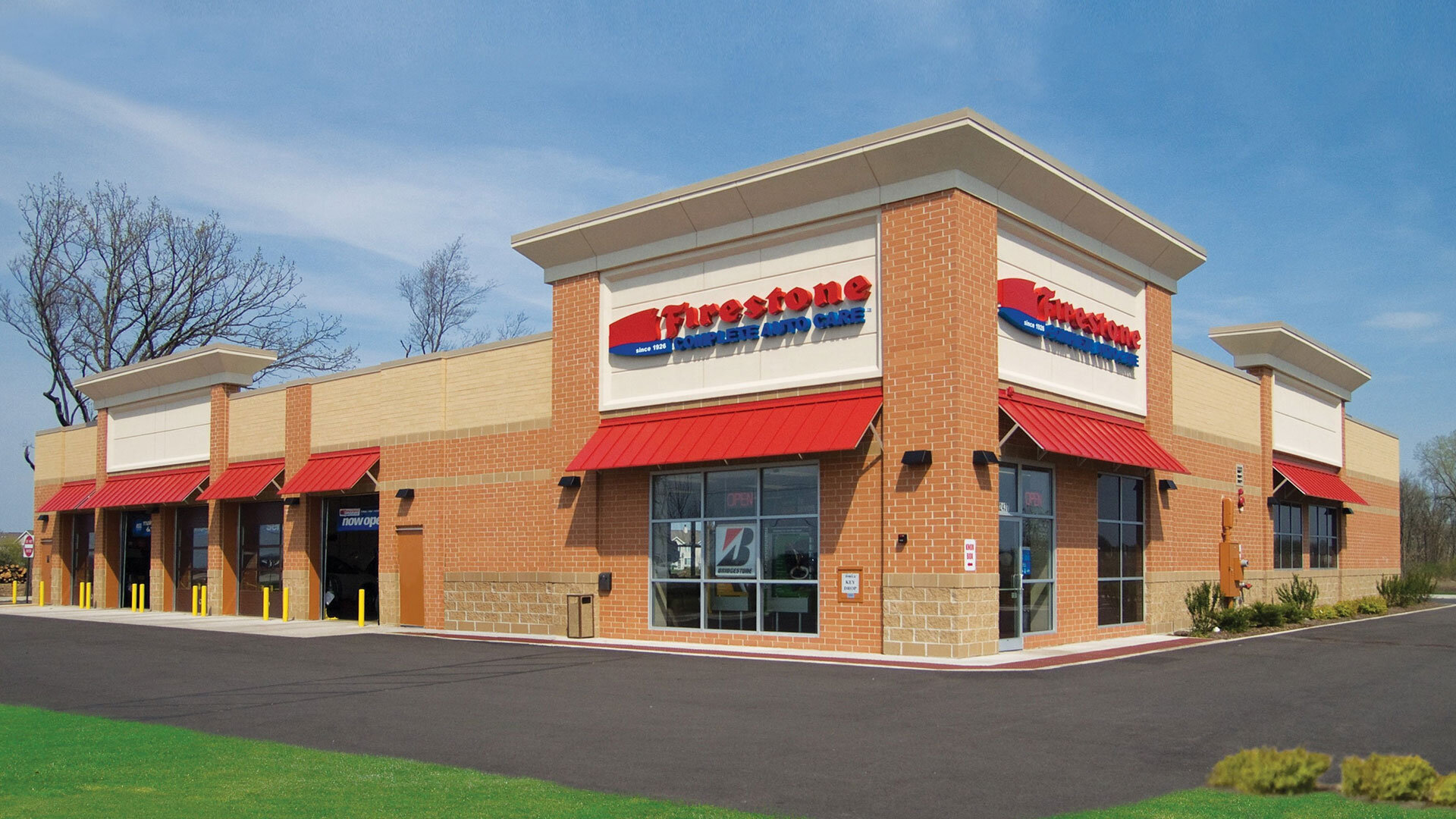Net lease properties have become increasingly popular Net lease properties for sale among investors seeking stable income and lower management responsibilities. These properties offer unique advantages, but also come with their own set of considerations. In this guide, we’ll explore what net lease properties are, their types, benefits, and potential risks.
What are Net Lease Properties?
Net lease properties, also known as triple net (NNN) properties, are commercial real estate assets where the tenant is responsible for paying most, if not all, of the property expenses, including property taxes, insurance, and maintenance costs, in addition to the base rent. This is different from a traditional lease where the landlord is typically responsible for these expenses.
Types of Net Lease Properties
There are several types of net lease properties, including:
- Single Net Lease (N Lease): The tenant pays the base rent plus property taxes.
- Double Net Lease (NN Lease): The tenant pays the base rent plus property taxes and insurance.
- Triple Net Lease (NNN Lease): The tenant pays the base rent plus property taxes, insurance, and maintenance costs.
Benefits of Investing in Net Lease Properties
- Stable Income: Net lease properties provide a steady stream of income for investors, as the tenant is responsible for most property expenses.
- Lower Management Responsibilities: Since the tenant is responsible for property maintenance and other expenses, landlords have fewer management duties compared to traditional rental properties.
- Long-Term Leases: Net lease agreements are typically long-term, providing investors with predictable cash flow for an extended period.
Potential Risks of Net Lease Properties
- Tenant Credit Risk: The creditworthiness of the tenant is crucial, as a tenant default can result in loss of income for the landlord.
- Market Risk: Like all real estate investments, Net lease properties for sale lease properties are subject to market fluctuations, which can impact property values and rental rates.
- Property Condition: While tenants are responsible for maintenance costs, landlords should still monitor the property’s condition to ensure it is well-maintained.
Conclusion
Net lease properties can be a valuable addition to an investor’s portfolio, offering stable income and lower management responsibilities. However, it’s essential to carefully evaluate the tenant’s creditworthiness, understand the terms of the lease agreement, and consider the risks associated with market fluctuations. With proper due diligence, net lease properties can be a lucrative investment opportunity.

